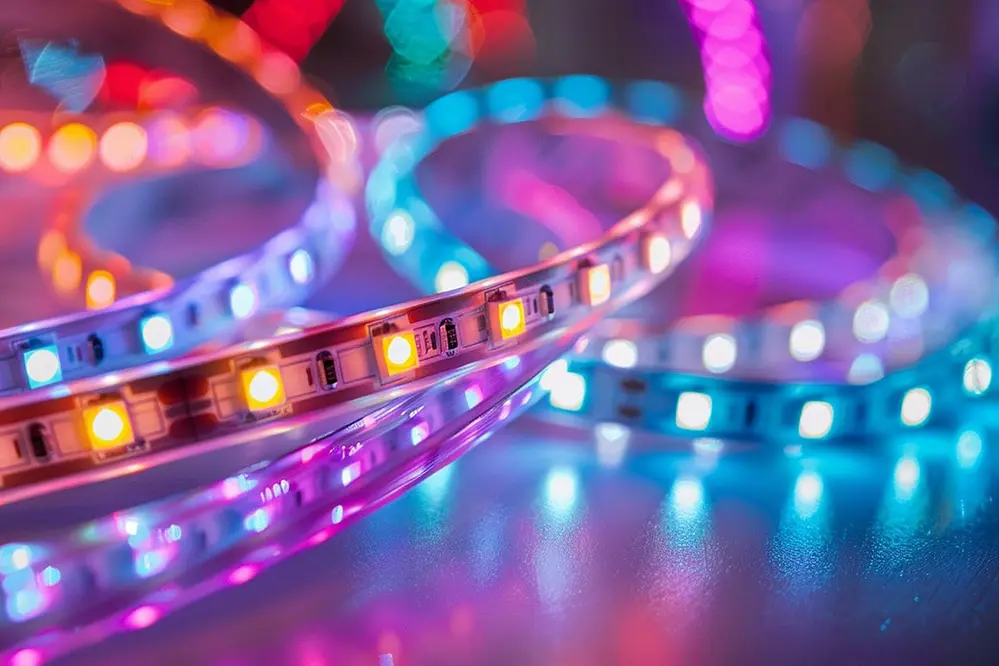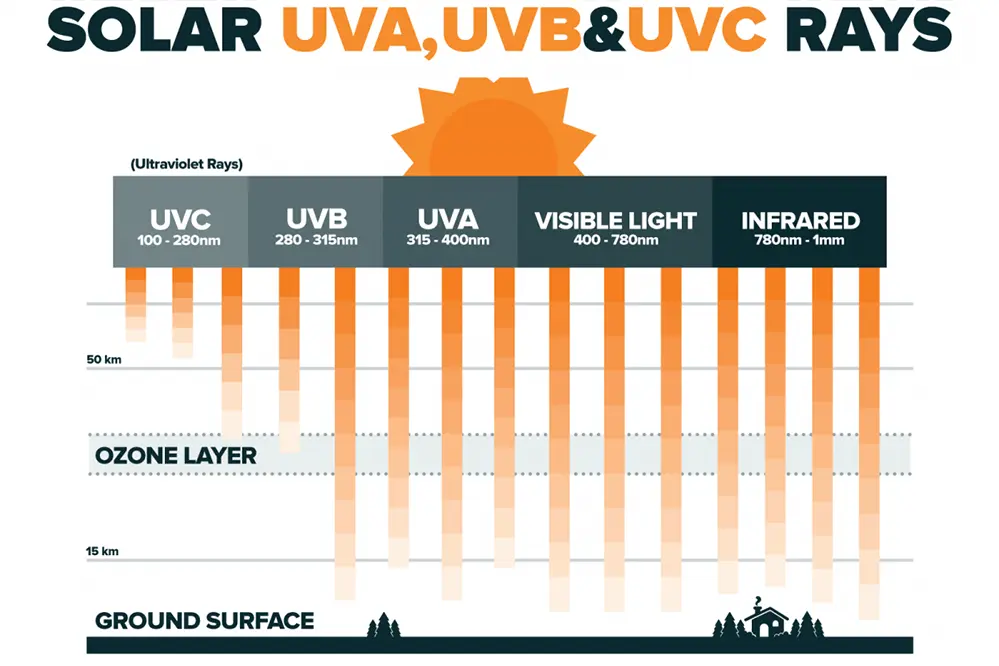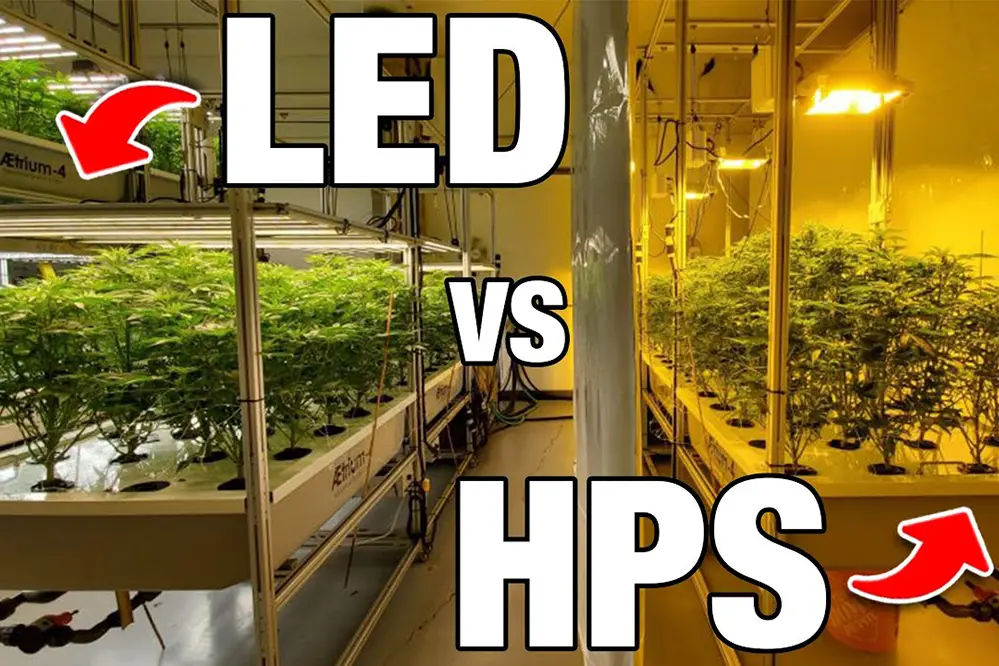“Can you put LED strip lights in epoxy resin?” This question sparked a creative revolution for a small artist who transformed her dimly lit studio into a vibrant masterpiece. By embedding LED strip lights in epoxy resin, she created stunning, illuminated art pieces that captivated audiences and redefined modern decor. This innovative technique not only enhanced her work but also opened new possibilities for artists and DIY enthusiasts worldwide.
The fusion of LED strip lights and epoxy resin is more than just a trend—it’s a game-changer in the world of design and creativity. According to recent studies, the global LED lighting market is projected to reach $127 billion by 2027, highlighting the growing demand for energy-efficient and versatile lighting solutions. This surge in popularity underscores the importance of understanding how to effectively incorporate LED strip lights into various mediums, including epoxy resin.
As you embark on this illuminating journey, you’ll discover essential tips and techniques to master this art form. Whether you’re an artist, a designer, or simply someone eager to enhance your living space, this guide will provide you with the knowledge and inspiration to create your own glowing masterpieces. Dive in and explore the endless possibilities that await!
Introduction to LED Strip Lights and Epoxy Resin
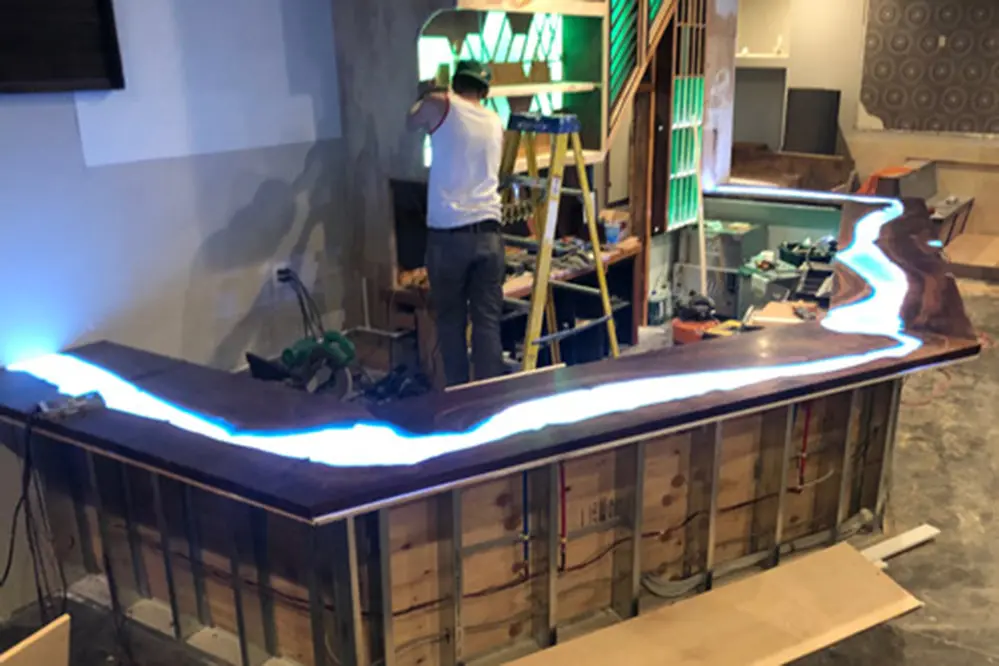
LED strip lights have revolutionized the way we illuminate spaces, offering flexibility, efficiency, and a spectrum of creative possibilities.
Epoxy resin, with its robust and versatile properties, is often used in artistic creations.
Combining these two elements invites the exploration of an illuminating frontier, where light becomes a tactile medium and functional art piece. It allows for a seamless integration, transforming ordinary surfaces into extraordinary, radiant experiences.
The synergy between LED strip lights and epoxy resin not only elevates the aesthetic appeal of any space but also merges innovation with functionality. This intricate amalgamation can redefine conventional lighting use, making it a captivating centerpiece. By leveraging techniques for embedding LED lights within resin, creations can exude brilliance and depth, providing an illuminated path to creativity and inspiration.
Benefits of Combining LED Strip Lights with Epoxy Resin
Imagine a world where surfaces pulsate with color and gleam with a life-like vibrancy, infusing your space with luminescent energy and charm.
Embedding LED strip lights in epoxy resin fosters captivating atmospheres that engage senses.
LEDs encased in resin provide enhanced durability, protecting them from moisture and other elements. This creative blend also ensures that the installation maintains its aesthetic allure while offering a renewable, energy-efficient solution that is environmentally conscious.
The marriage between LED strip lights and epoxy resin opens a realm of endless design possibilities, offering a seamless synergy of art and tech. From ambient lighting fixtures to statement centerpieces, this innovative approach empowers creators to transcend boundaries, resonating beauty and functionality. Marvel at the dance of light, as you experience an enriched environment that invites awe and wonder.
Selecting the Right LED Strip Lights
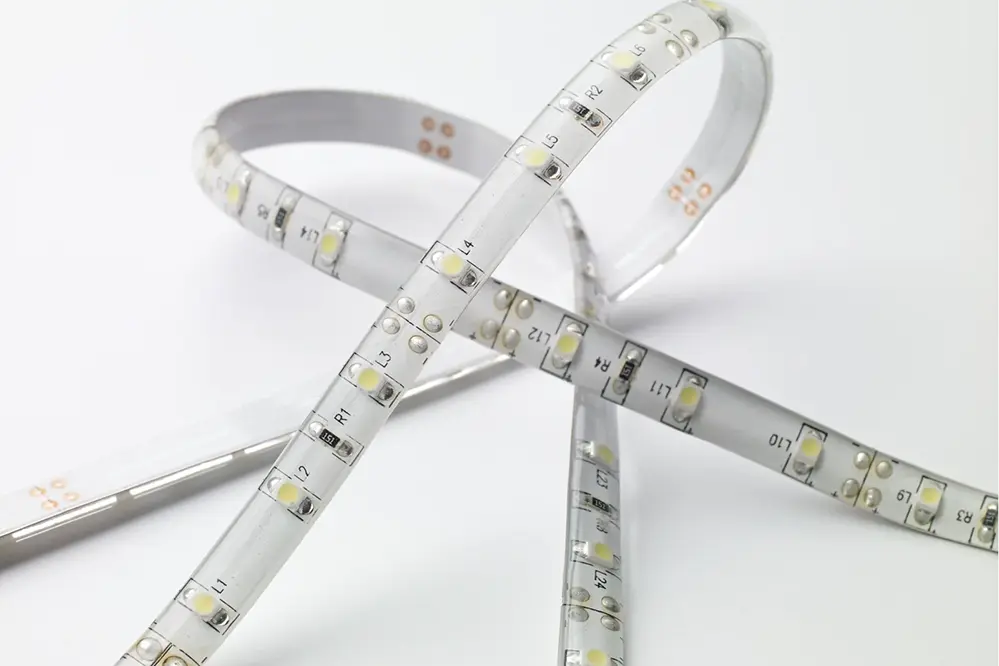
Choosing the ideal LED strip lights is a foundational step when incorporating them into an epoxy resin masterpiece.
First and foremost, it’s vital to determine the intended purpose of your lighting installation. Whether creating ambient illumination, accent lighting, or a bold statement piece, the selection of strip lights should reflect the necessary brightness, color temperature, and flexibility. Ensuring these elements align with your design vision will substantially enhance the project’s overall impact, delivering a visually stunning and functional result.
Furthermore, consider the durability of the chosen LED strips. In environments where resilience is essential, waterproof and UV-resistant options are paramount. These features not only extend the life of the lights but also ensure their performance remains consistent, preserving the brilliance of your creation.
Lastly, evaluating the technical specifications, such as voltage compatibility and power consumption, is crucial for the seamless integration of LED strips into your epoxy-infused design. By selecting products with energy efficiency and optimal adaptation to existing electrical systems, you forge a path to an eco-friendly and cost-effective lighting solution that embodies sustainable innovation.
Choosing the Best Epoxy Resin
The journey begins with understanding options.
When considering which epoxy resin to employ for encapsulating LED strip lights, the primary factors to assess are transparency, hardness, and UV resistance. The ideal resin should not only highlight the vibrant hues of your LEDs but also maintain this clarity over time. Additionally, choose resins with good UV protection to prevent yellowing, ensuring the aesthetic integrity is preserved.
Noteworthy is the resin’s thermal conductivity.
LEDs generate heat, which means the epoxy selected should have adequate thermal management properties to dissipate this energy safely. Look for formulations explicitly designed to handle heat to avoid any deformation or compromise in quality.
Additionally, the curing time of the resin plays a significant role in the project timeline. Fast-curing resins expedite the process, but slower curing times often result in fewer bubbles and a smoother finish. By leveraging the strengths of well-chosen epoxy resins, you can achieve a fusion of style and longevity, enhancing the vibrancy and functionality of your state-of-the-art LED-infused designs for contemporary applications.
Preparing the Workspace
Crafting a masterpiece with LED strip lights embedded in epoxy resin begins with a meticulously organized workspace. A well-prepared environment not only ensures a smooth workflow but also contributes to achieving a polished final product.
Start by selecting an area that is well-ventilated and free from dust, as cleanliness is paramount when working with resin. An abundance of natural light or reliable artificial lighting is recommended for better precision and visibility during the project.
Organize your tools and materials, placing everything within easy reach to maintain efficiency and minimize movement. Essential items should include measuring cups, stirring sticks, gloves, and of course, the LED strip lights and epoxy resin itself.
Consider using protective coverings on your work surfaces to shield against resin spills. Plastic drop cloths or silicone mats are ideal, as they are non-stick and make cleaning up much easier, preserving the integrity of your workshop.
Finally, ensure optimal safety by having personal protective equipment (PPE) on hand, like safety goggles and masks. This preparation not only guards your health but also boosts your confidence, allowing creativity to flourish.
Installing LED Strip Lights in Epoxy Resin
For an awe-inspiring finish, integrating LED strip lights into epoxy resin requires a meticulous approach to enhance the project’s allure.
Begin by carefully designing the layout where the LED strip lights will be embedded, ensuring all segments are adequately connected and aligned. It’s crucial to test the lights beforehand to confirm functionality and brilliance before submerging them in resin.
The terms “waterproof” and “non-waterproof” are pivotal considerations to achieve the ‘seamless encapsulation.’
Attaching LED Strips Securely
Attaching LED strips securely demands a balance of precision, technique, and foresight. Consider using adhesive-backed LED strips to simplify the process, ensuring permanence in placement within the resin.
Another excellent option is creating channels or grooves within the resin mold. This approach not only holds the strips firmly but also enhances the structural integrity of the project.
Innovatively installed LED strips can dramatically transform a mundane space into a mesmerizing focal point.
When securing LED strips, think of incorporating resilient materials like silicone-based adhesives or epoxy glues. These substances ensure maximum adherence while maintaining the aesthetic appeal of your creation. Properly securing these lights empowers you to craft visually enchanting designs that promise durability and immersion.
Mixing and Pouring Epoxy
Achieving a flawless epoxy finish involves careful attention to the mixing and pouring processes. Here’s how:
- Preparation: Gather all necessary tools and materials, ensuring exact measurements for a perfect blend.
- Mixing: Combine epoxy resin and hardener systematically; stir slowly to avoid introducing air bubbles.
- Rest Period: Allow the mixture to rest briefly to let trapped bubbles rise to the surface naturally.
- Pouring: Pour smoothly and steadily, starting from a corner, spreading evenly across the mold.
Understanding the nuances of mixing epoxy can significantly impact your project’s final outcome. Consistency and patience are key.
By mastering these techniques, you set a robust foundation for resilient, beautiful creations encapsulated perfectly in epoxy resin.
Electrical Considerations
When considering putting LED strip lights in epoxy resin, electrical safety and functionality must always remain at the forefront. Ensuring the lights retain optimal performance and longevity hinges upon careful planning.
Encapsulation can cause issues like overheating; therefore, proper cooling is essential.
The use of waterproof LED strip lights is highly recommended since they are designed to handle encasement within liquids, whereas non-waterproof variants may risk short circuits, diminished performance, or unexpected outages. Ensuring adequate power supply and voltage compatibility with the encapsulated LEDs will promote reliable operation.
One fundamental consideration involves selecting the appropriate power source and connecting components securely. Power supplies should be of adequate wattage to support the load without strain while safeguarding electrical connections against possible resin ingress. While wiring, employing strategies such as “pigtailing” or using heat-shrink tubing further fortifies the electrical setup’s resilience within the epoxy, offering both protection and peace of mind.
Ensuring Proper Ventilation
When working with epoxy resin and LED strip lights, ensuring adequate ventilation is paramount to success and safety.
In the dynamic realm of resin art and lighting integration, creating a well-ventilated workspace mitigates hazards. Respiratory issues from epoxy fumes can be a concern without sufficient air circulation and protective measures.
Modern advances in safety equipment, such as custom ventilation systems, effectively minimize exposure to harmful vapors. These systems, combined with personal protective gear, ensure the workspace remains both safe and accessible.
Utilize windows and exhaust fans to enhance airflow, reducing the concentration of volatile organic compounds. Such arrangements help maintain a clear path for fresh air to enter, ensuring the well-being of artisans.
By prioritizing ventilation, you’re not only safeguarding your health but also laying the groundwork for remarkable projects.
Tips for a Smooth Finish
Achieving a silky, flawless finish in epoxy resin projects with LED strip lights starts with preparation. Carefully planning your approach to ensure the desired outcome should not be underestimated.
To begin, select a high-quality epoxy resin, as this will significantly impact the finish’s clarity and smoothness. Ensure your workspace is dust-free; any airborne particles can mar the resin surface, creating unwanted imperfections.
Temperature plays a crucial role in obtaining a smooth finish. Both the resin and the environment should be within the recommended temperature range, typically between 70-80°F. This promotes even curing and prevents bubbles from forming.
Mix your resin and hardener thoroughly, adhering strictly to the manufacturer’s instructions. Inadequate mixing can lead to inconsistencies and a cloudy appearance, detracting from the final visual impact of the LED lights.
Lastly, investing in a heat gun to gently pass over the resin’s surface can eliminate any remaining air bubbles. This ensures an immaculate finish, allowing your LED lights to shine unapologetically bright.
Troubleshooting Common Issues
Fear not, common issues can be surmounted.
If your LED strip lights are not illuminating, the problem might be with the power connection. Ensure the wiring between the strip, power source, and any connectors are firmly attached. Sometimes, a minor oversight in these connections can lead to a disconnection, resulting in unresponsive lighting.
Corroded connections might also be a culprit.
There’s a potential risk when the LEDs are improperly sealed in epoxy—overheating. Aim to use heat-resistant resins and provide adequate ventilation. This can prevent thermal overloads that may impact both performance and longevity.
For a foggy resin appearance, verify the mixing technique. A hasty mix or contamination by moisture impacts clarity. Focus on an even mix in a controlled environment; patience and precision will yield a crystal-clear finish. Keeping your workspace tidy ensures sparkling results in your LED epoxy resin creations.
Creative Ideas for LED Strip Lights in Epoxy Resin
The fusion of LED strip lights with epoxy resin opens an exciting doorway to innovative design, offering an opportunity to transform ordinary spaces into extraordinary illuminated masterpieces. Whether for artistic projects, home decor, or futuristic installations, incorporating LED strips into epoxy resin casts a new light—both literally and figuratively—on creative expression.
One captivating idea involves crafting resin furniture pieces that double as stunning ambient light sources.
Embedded glow tables, accent shelves with illuminated edges, or nightstands with built-in lighting are striking, yet practical, manifestations of this technique. They exude an ethereal glow that can captivate and inspire, creating a unique ambiance.
Consider, for example, embedding LED strip lights within epoxy-coated wall art. This addition can enhance both drama and depth, turning a simple artwork into a multi-dimensional spectacle that shines with modern elegance.
Additionally, use this technique to create bespoke jewelry pieces infused with light, boasting the interplay of color and illumination. Such creations become wearable art, echoing a future where functionality meets aesthetic brilliance.
Embrace the limitless potential of LED strip lights combined with epoxy resin, guiding your creative pursuits toward dazzling new horizons. These projects not only showcase an ingenious blend of technology and design but also herald a future where imagination knows no bounds.
Maintenance and Care Tips
Caring for your LED strip lights encased in epoxy resin is crucial for longevity and sustained brilliance. With a few mindful practices, you can ensure the continued allure of your creation.
Dust off surfaces and avoid harsh chemicals when cleaning epoxy creations. Gentle cleaning maintains clarity.
Inspect connections regularly to ensure electrical integrity. Spot any signs of wear or damage, which could indicate the need for timely replacements, preserving both functionality and safety.
Moreover, periodic checks are essential to ensure that the resin maintains its lustrous finish and the LEDs continue to shine at optimal brightness. If you notice any “yellowing,” consult a professional for restoration options. This vigilance guarantees that your masterpiece remains both a visual and technological triumph.
Safety Precautions
When integrating LED strip lights with epoxy resin, ensuring both elements work harmoniously while maintaining safety is paramount to a successful project outcome.
First, always ensure that all components are properly rated for their specific use and intended environment.
Illuminate your workspace with adequate lighting, maintain the area well-ventilated, and equip yourself with protective gloves (preferably nitrile or neoprene) and eyewear.
Verify electricity sources are secure before beginning. Employ a power supply that matches the specifications of your LED strip lights, mitigating risk factors.
Avoid overloading circuits to prevent overheating which may compromise the safety and longevity of your installation. This is particularly essential as epoxy resin can insulate heat.
Ultimately, be cognizant of each material’s unique properties. Comprehensive risk assessments are vital to reducing potential hazards while enhancing the durability and performance of your luminous creation.
FAQs
Can I put LED lights in epoxy resin?
In the realm of innovative interior design and artistic customization, incorporating LED strip lights into epoxy resin projects presents endless opportunities for creativity. This daring fusion not only enhances the aesthetic appeal but also serves as a testament to contemporary design prowess and imaginative exploration.
LED strip lights possess brilliant versatility and a capacity to elevate any space. Their incorporation into epoxy resin transforms ordinary objects into extraordinary masterpieces of light and texture.
The blend of LED strip lights within epoxy projects demands careful planning, with precise execution ensuring both functionality and safety. As resin cures and hardens, it encapsulates the lights, necessitating superior waterproof LED strips for longevity and optimal performance within the resin’s embrace.
To achieve stunning results, consider factors such as placement, power source accessibility, and the depth of resin used. These elements require meticulous attention to detail, emphasizing the importance of planning and foresight in your endeavor. When done correctly, this fusion illuminates creativity, casting radiant and innovative designs that leave a lasting impression. Whether embedded within a table or accenting architectural features, the synergy of LED lights and epoxy resin transforms visions into vibrant realities.
Does LED light harden resin?
LED lights emit specific wavelengths primarily in the visible spectrum, which typically do not directly catalyze the curing process of resin.
In contrast, ultraviolet (UV) light is more effective in hardening certain resins designed for that purpose. These resins contain photoinitiators that respond to UV light to accelerate the curing process. The wavelength emitted by standard LED lights, however, isn’t typically strong enough to activate these chemicals.
To facilitate the curing of UV-sensitive resins, specialized UV LED lights can indeed be used. These lights are engineered to emit wavelengths that precisely target the photoinitiators in UV resins, promoting a swift and uniform hardening. Embracing this technology can be particularly advantageous for projects requiring rapid curing and enhanced durability.
For those innovative creators interested in integrating LED lighting within resin-based projects, understanding the interaction between light and resin is crucial. The artistic possibilities are boundless when strategically combining resin’s versatility with the brilliance of LED lights.
What kind of lights can you put in resin?
Incorporating lights into resin castings opens up a world of luminous possibilities and creative potential. The prospect of embedding LED lights in resin is not only feasible but also—when executed thoughtfully—magnificent in its effect, combining functionality with artistic flair.
When selecting types of LED lights, flexible strip LEDs are a popular choice due to their versatility and ease of installation. These strip lights can be manipulated into various shapes and forms, fitting seamlessly into your resin project. Maintaining their brilliance while encased, they imbue the resin with a stunning glow, rendering them ideal for modern art or decorative installations.
Additionally, micro LED fairy lights can be a delightful option for smaller, delicate projects. Their thin wiring and small bulbs allow them to be gracefully integrated into the resin without overshadowing your design. These lights are particularly effective when you aim for a soft, twinkling effect within the resin.
Consideration should also be given to waterproof and submersible LED options, which are specifically designed to endure the encasement process. Their enduring illumination and durability make them excellent choices for large resin sculptures or pieces exposed to moisture. With the right approach, the integration of light into resin can surpass expectations, creating creations that are as durable as they are dazzling.
Does epoxy affect LED lights?
The compatibility of epoxy resin with LED lights depends profoundly on the specific formulations and applications involved. When correctly handled, epoxy can offer a protective, durable casing for LED strips, enhancing both aesthetic appeal and functional longevity.
Epoxy itself does not inherently damage LED lights.
Incorporating LEDs within epoxy not only safeguards the strips from environmental factors but also contributes to a sleek, cohesive design. However, professional application is crucial to prevent heat entrapment which could diminish LED performance over time.
It is essential to utilize high-quality, non-yellowing, clear epoxy specifically designed for electronic applications to ensure optimal results. Additionally, employing thoughtful measures such as adequate heat dissipation and even distribution of the epoxy material, ensures the longevity and performance of your LED installations remains unimpaired. By embracing meticulous planning and execution, LED lights can indeed flourish within their epoxy enclosures, emanating brilliance and embodying innovation.
Which epoxy resin is best?
Choosing the ideal epoxy resin can significantly enhance the success of your creative or industrial project. With an abundance of options available, the right choice ultimately depends on the specific needs of your endeavor, whether it be craftsmanship, durability, or aesthetic aims.
For artistic applications, such as jewelry or realistic table creations, a clear-cast resin known for its UV resistance and color stability is highly recommended. Brands offering low-viscosity options are particularly advantageous, as they allow for more intricate detailing and the potential to incorporate delicate objects or pigments effectively. Enthusiastic creators will find these features indispensable for ensuring the longevity and vividness of their pieces.
In contrast, those invested in construction or repair projects should seek out epoxy resins that are structured for strength and adhesion. Two-part systems that offer a balance between flexibility and hardness provide dependable results. These are ideally suited for bonding surfaces effectively while also resisting environmental stresses that might otherwise compromise their integrity over time.
Ultimately, professional artisans and meticulous hobbyists alike will benefit from selecting a product that aligns seamlessly with their intended application. By understanding the unique properties each resin type affords and how they can be maximized for specific situations, you embark on a journey of innovation and excellence, poised to transform vision into reality with enduring impact.
Conclusion
In conclusion, embedding LED strip lights within epoxy resin exemplifies innovation. This fusion of materials not only opens new creative horizons but also showcases the remarkable flexibility of modern design possibilities.
Awareness and preparation are key; with them, success is inevitable.
By understanding the nuances of material compatibility and choosing the right products, creators unlock a wealth of potential for distinct, vibrant projects that stand the test of time.
Ultimately, the amalgamation of LED strips and epoxy resin can transform ordinary spaces into extraordinary environments, capturing both functionality and beauty. As you embark on your creative journey, remember the boundless possibilities that arise from meticulous planning and an unwavering commitment to your vision. Step confidently into this luminous artistry and let your imagination shine.

